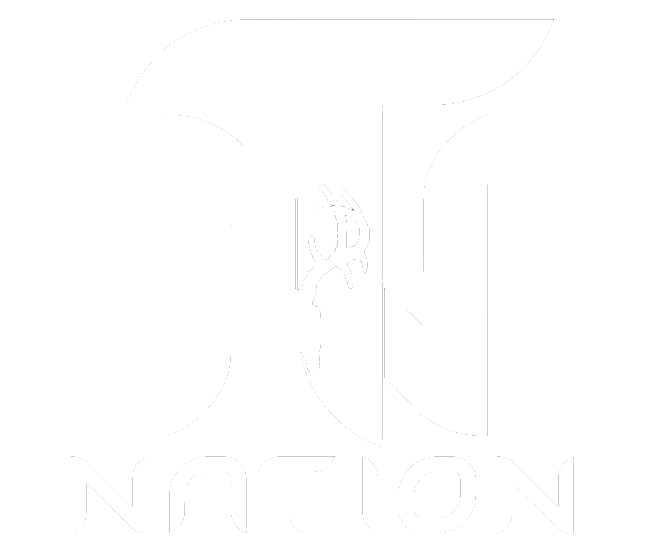CWD: What we think, what we know, and what we don't know! - A Hunter's Responsibility
Troy Esau
Chronic Wasting Disease, or CWD, is a very hot button topic right now in the Whitetail world. Many biologists are concerned as to what the disease could do to the whitetail population in areas with a high density of deer. CWD is transmitted by an abnormal protein within the animal, called a prion, by the transfer of saliva, urine, feces, or any other bodily discharge. The disease is currently not curable, and can not be destroyed by chemical or heat. CWD is fatal to the animal once it has contracted the prion into the body, though it is not an instant death, as the disease attacks the brain and nervous system, which eventually shuts down all systems in the body, causing death. CWD has very similar attributes to BSE (Bovine Spongiform Encephalopathy/Mad Cow Disease), and Scrapie, which is found in sheep. None of these diseases have been confirmed to be transferable to humans, but that doesn't mean we as hunters shouldn't be taking precautions in dealing with the possible spread of the disease.
Unfortunately, these abnormal proteins do not go away with the death of the animal. The prions stay active in the animal remains, as well as in the soil after the flesh and bones decay. This makes it very easy for the disease to transfer, as any other animal can come eat the carcass of an infected animal and carry the disease away with them. It can be overwhelming to think about how easily CWD can be transported, and how quickly the area of infection can spread and grow. Birds or coyotes come for an easy meal and fly or run away, carrying with them the protien, later dropping it in their feces. Birds can cover a lot of ground pretty quickly, and the protein can stay active and infectious for a few years, so it is hard to believe that CWD is not widespread across North America.
We in the hunting community can do our part to help minimize our effect on the spread of CWD by handling our animals with care and disposing of the carcasses after deboning in a proper way. Every area will have a different way of trying to keep the damaging carcasses out of areas where they could cause more spread of the disease. Some areas include site specific landfills, others use regular RM disposal sites, but whatever the case is in your area, it is in your best interest to get ahold of your local department of natural resources or conservation officer to come up with the safest way to dispose of your animal carcass. There are also zones within Canada, as well as many States to the south, that require you to “check in” your deer for testing after you harvest it, to confirm whether or not it is carrying the diseased prions. If CWD is found in your animal, it will be handled with extreme caution to ensure that none of the body returns to an area where it could possibly spread the disease. If your animal comes back clean from testing, you are free to process the meat and hide as you wish. When you are field dressing and deboning your animals, try to minimize contact, and cutting in and through the spine and brain, as these areas have the highest concentration of prions within the animals body. If you are quartering your animal to pack it out, make sure you put it into sealed plastic bags that will not leak. This is to ensure that the bodily fluids that may contain the prion, are not dripped and spread along the trail you take out of your huting area. Once you are home, and you start deboning the animal with your equipment, you have another area of possible contamination. Here we run into another issue with the fact that the prions can not be destroyed with any known cleaning chemicals, and the incineration point of 1800 degrees farenheit, is simply not practical to attain for cleaning purposes for regular folk. The “good practic method” that I came accross, suggested letting all your tools, cutting boards, and knives, soak in a 50:50 bleach/water solution for 1 hour.
After doing a fair bit of reading and trying to find unbiased opinions in order to write this article, it seems that we are pretty helpless in stopping the disease. We, as hunters, basically need to help the biologists by getting our animals tested and giving them all the data we can. Hopefully, with enough samples and studying of the areas with outbreaks of CWD, the biologists can come up with a plan or solution to slow the spread of the disease, or possibly develop an antibody to give the remaining deer herd.





